Parboiled Rice Nutritional Facts and Description
Parboiled rice, also known as converted rice, is a versatile and nutritious staple enjoyed worldwide. It undergoes a unique process of soaking, steaming, and drying while still in the husk, which enhances its nutritional profile, texture, and flavor. This process helps retain more nutrients compared to white rice while giving it a slightly nutty taste and firm texture.
Nutritional Profile (Per 1 Cup Cooked, Approx. 195g)
- Calories: 150–170
- Carbohydrates: 35g
- Protein: 3–4g
- Total Fat: 0–1g
- Fiber: 1–2g
- Cholesterol: 0mg
- Sodium: 0–5mg
- Iron: 8–10% of Daily Value (DV)
- Magnesium: 10–15% of DV
- Folate: 15–20% of DV
Health Benefits
- Rich in Vitamins and Minerals: Parboiled rice retains essential nutrients like B vitamins, including folate, thiamin, and niacin, which support energy metabolism and healthy red blood cells.
- Good Source of Fiber: Compared to white rice, parboiled rice contains more dietary fiber, promoting digestive health and maintaining stable blood sugar levels.
- Supports Heart Health: Low in fat and cholesterol-free, parboiled rice is heart-friendly. Its magnesium content helps in maintaining normal blood pressure.
- Lower Glycemic Index (GI): With a GI lower than regular white rice, it provides slower-releasing energy, making it a better choice for people managing diabetes or weight loss.
Culinary Uses
Parboiled rice is ideal for a wide range of recipes, from pilafs and stir-fries to soups and casseroles. Its firm grains stay separate when cooked, making it perfect for dishes that require a consistent texture.
Storage Tips
Store parboiled rice in an airtight container in a cool, dry place. It can remain fresh for months if kept properly sealed.
Parboiled rice is a balanced option for individuals seeking a nutritious and satisfying addition to their meals while enjoying great taste and versatility.

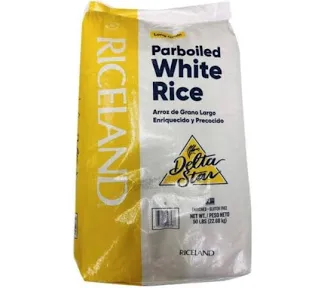
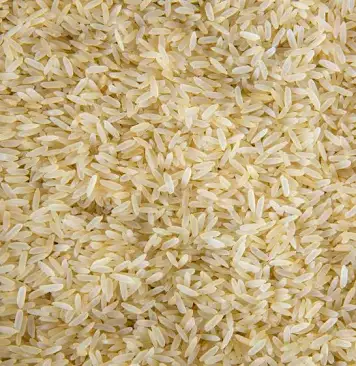
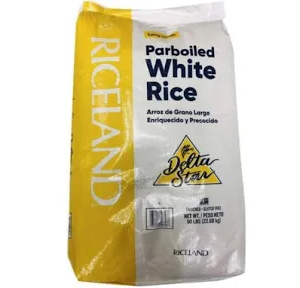

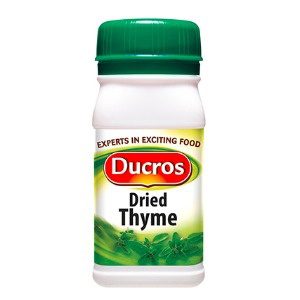
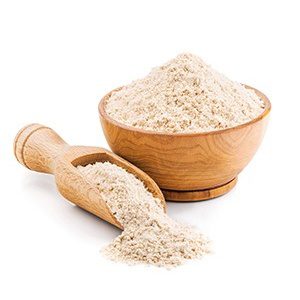
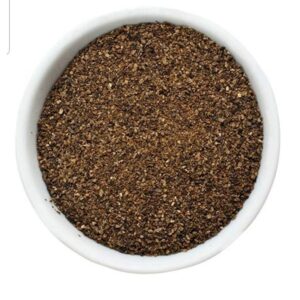
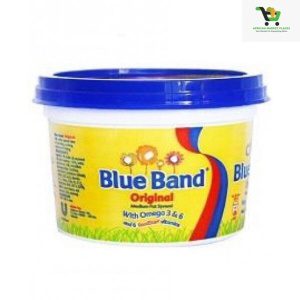
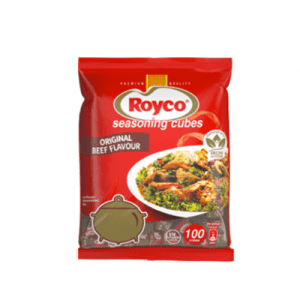




Reviews
There are no reviews yet.